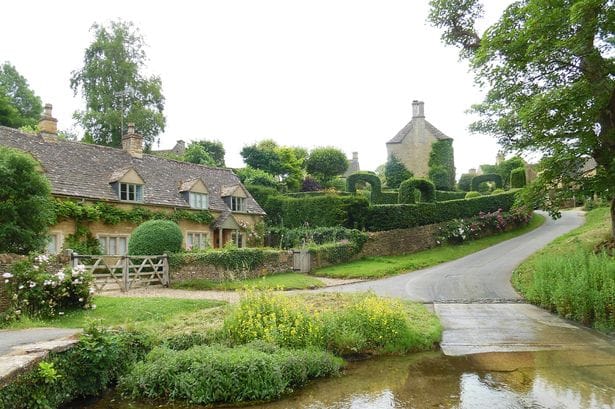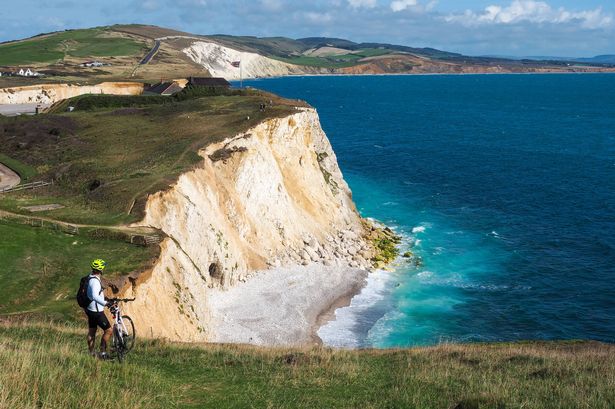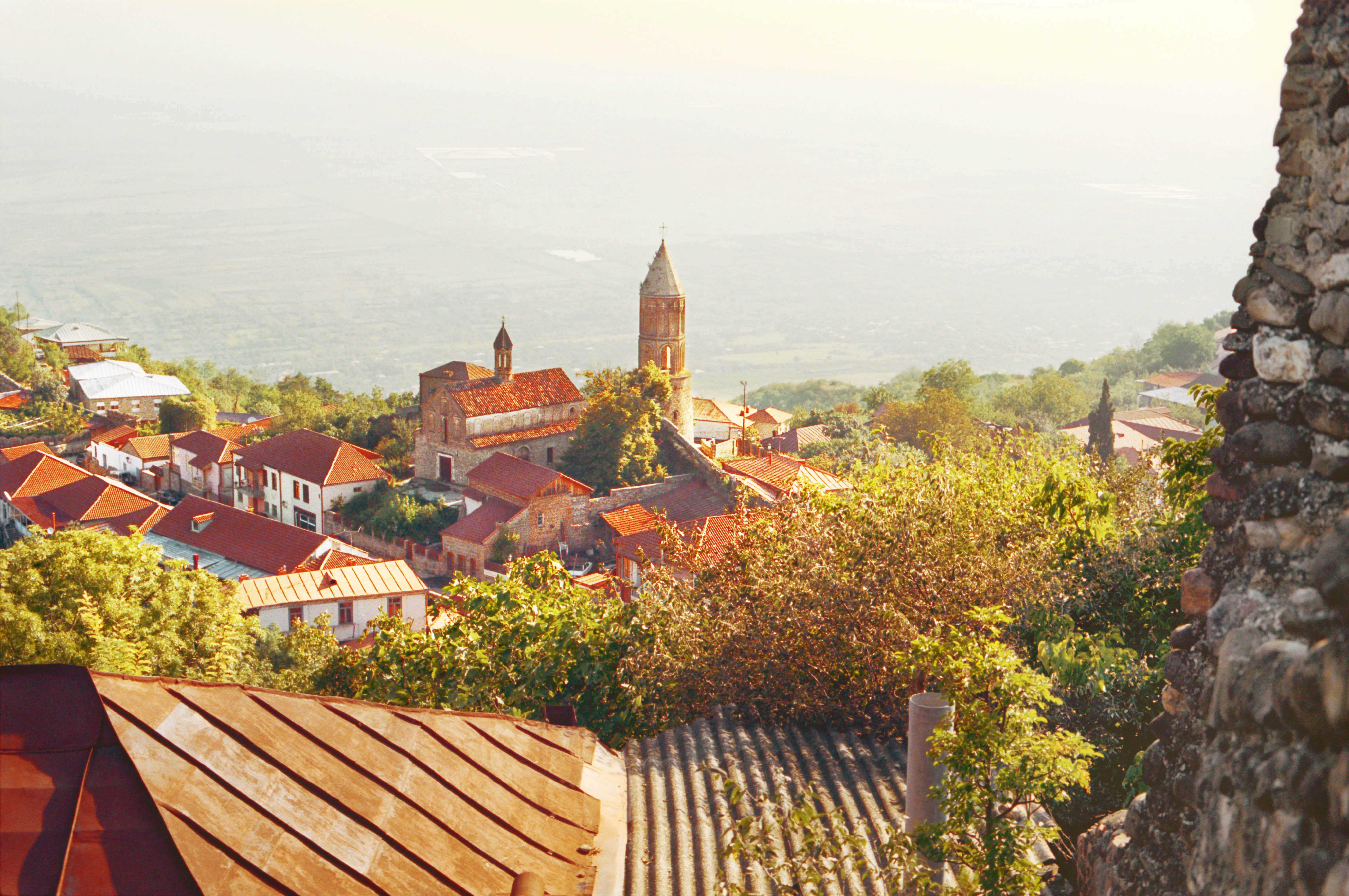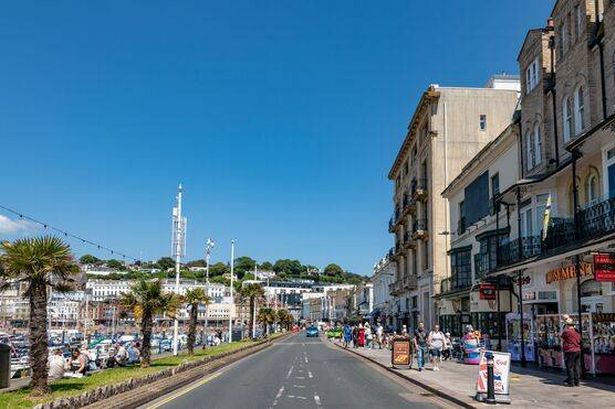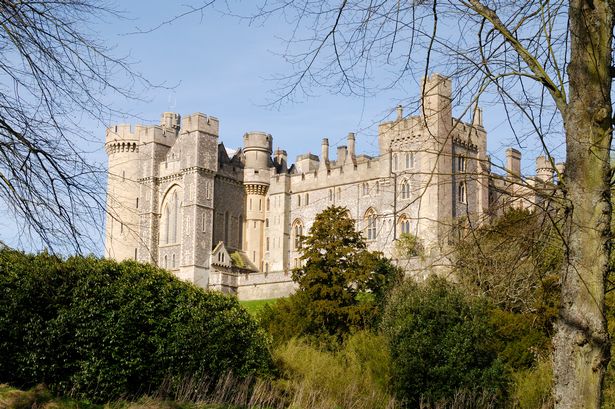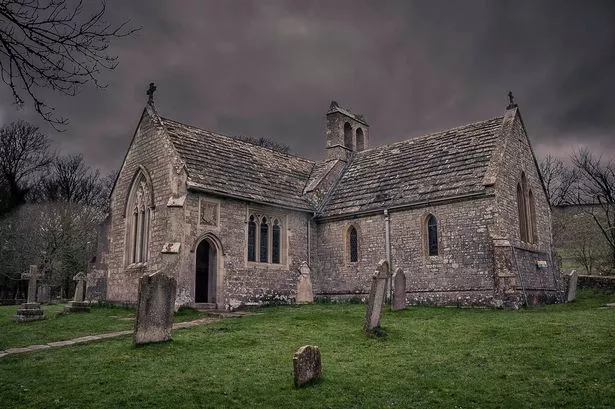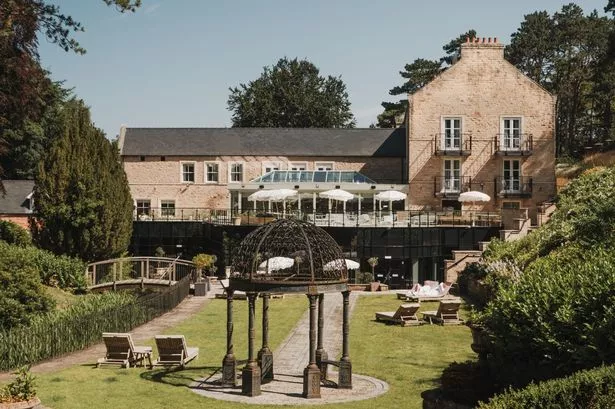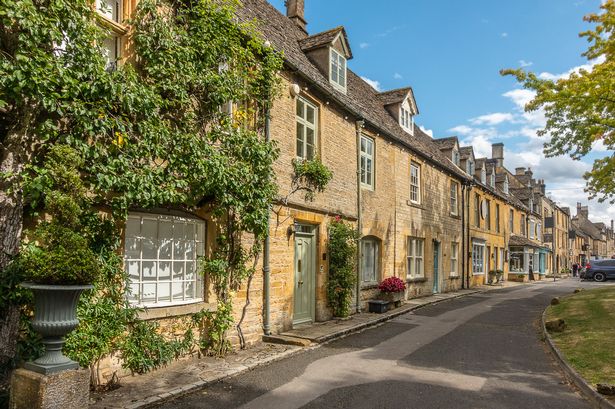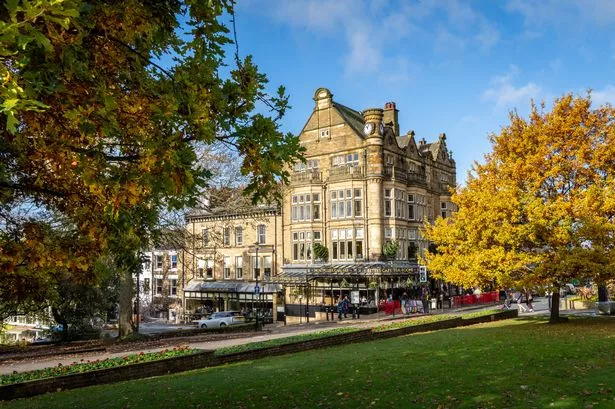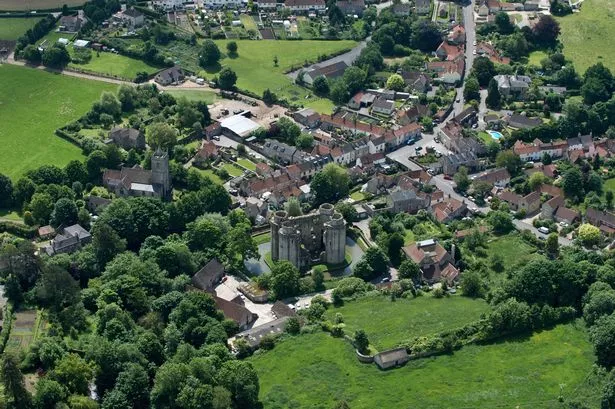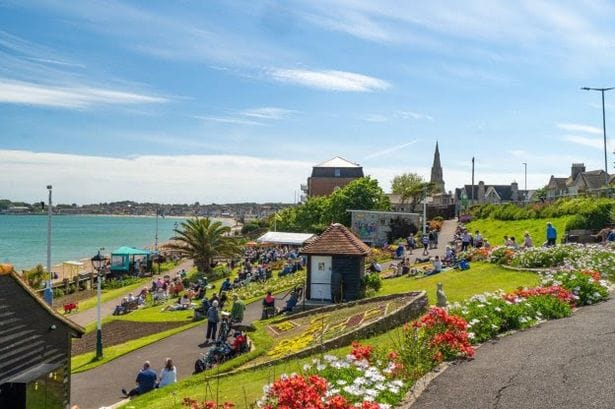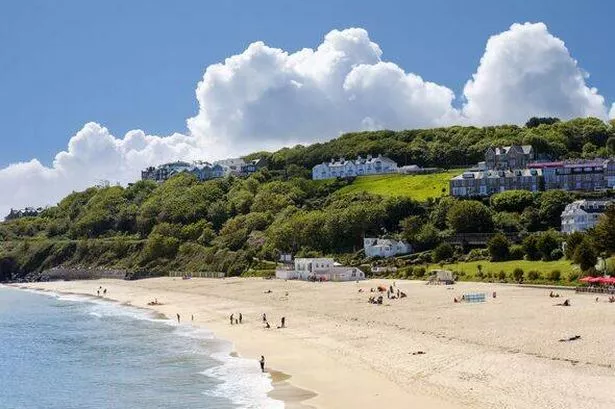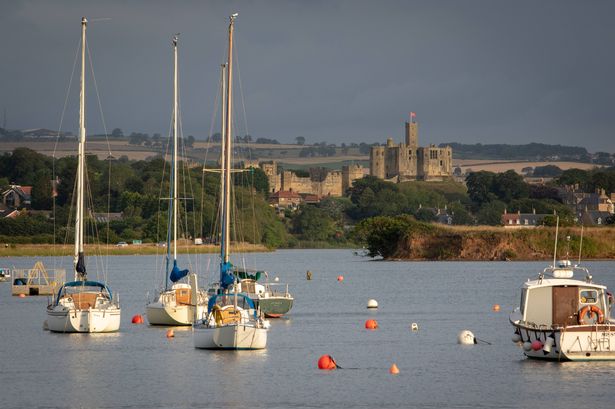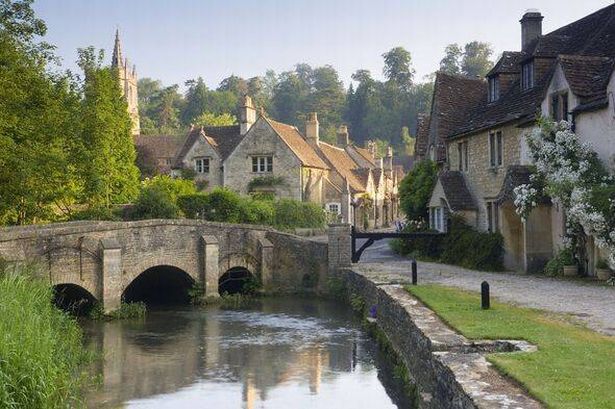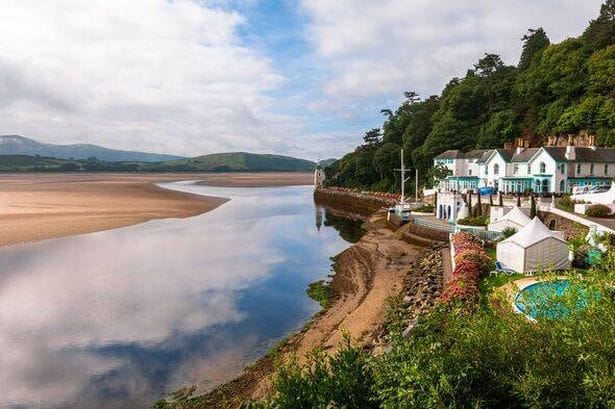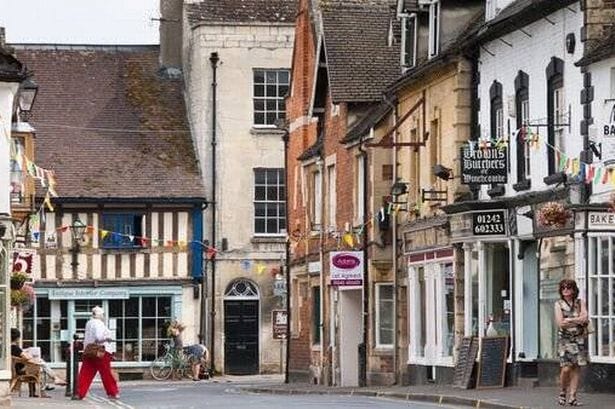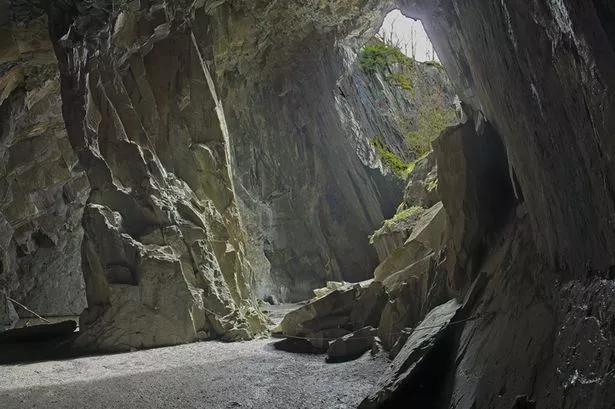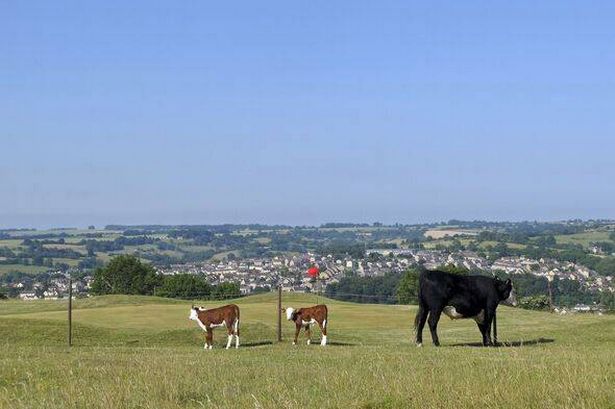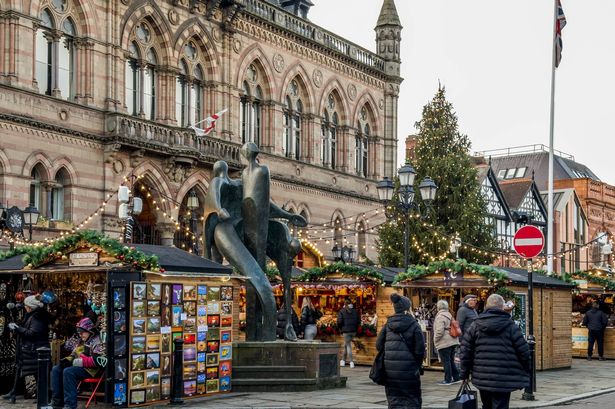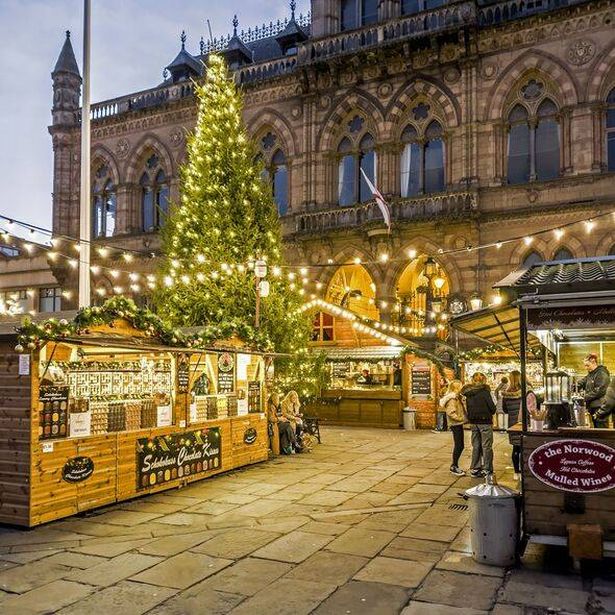Upper Slaughter is a peaceful spot in the Cotswolds, cherished by its few residents, and is bursting with golden-stone buildings, a flowing river and luscious green spaces – a village straight out of a fairytale
Upper Slaughter, a tranquil Cotswold village, is a picturesque haven with its golden-stone buildings, meandering river and verdant green spaces – it’s like stepping into a storybook.
Adding to its allure, the area offers plenty for visitors seeking a quintessentially British adventure amidst stunning countryside. Despite its secluded location, the village is easily accessible by car and provides two main parking areas for day-trippers.
Just 80 miles from London, it’s an ideal escape from the hustle and bustle of city life. In less than two hours, you can find yourself in this charming village, taking in the fresh country air.
Locals suggest parking around the Square (GL54 2JE) or looking for additional spaces down the hill in Lower Slaughter.
What makes Upper Slaughter even more fascinating is its history. Home to approximately 181 residents, it was one of the few English villages that didn’t lose any men during both World Wars, reports Gloucestershire Live.
The village hall proudly displays rolls of honour, listing 25 individuals who served in the First World War and returned safely.
Things to do
Enjoy a leisurely stroll around the village
There’s nothing quite like a peaceful stroll around the idyllic village of Upper Slaughter. Although it shares similarities with its Cotswold neighbours, this charming spot is renowned for its beautiful Lutyens cottages.
Echoes of medieval times can still be found scattered throughout the village, where once a grand castle stood, now only a mound remains as a testament to its existence.
There are plenty of walks to enjoy in the area, including a short 2-mile trail that takes you from Upper Slaughter down to Lower Slaughter. However, according to TripAdvisor, the top-rated activity in the area is to embark on the Warden’s Way trail.
One TripAdvisor review reads: “Wardens’ Way is one of the many beautiful walking trails in the Cotswolds area. It features easy paths that lead through very scenic countryside.
“We walked alongside small rivers and waterways, across meadows and farmland, and passed through charming villages with honey-stone cottages. The trail runs between Bourton-on-the-Water and Winchcombe, and if you were to do the whole thing, it is a 22 km walk.”
Upper Slaughter Manor is another must-see. This stunning manor house, steeped in history, draws visitors with its Elizabethan-style architecture and gorgeous gardens.
While the current manor, featuring Tudor and Jacobean influences, was developed from the 15th century, its roots go back much further. In fact, its existence was recorded in the Domesday Book of 1086, linking it back to the Saxon era.
Visitors can book a stay at the manor, which now operates as part of a hotel and restaurant complex.
One TripAdvisor reviewer shared their experience, writing: “How lovely to visit a private house where it is evident that the owners have such a pride in their home and gardens.
“A delight to visit, lovely peaceful gardens with a wildlife walk. Enjoyed refreshments in the well-kept garden. The house tour is interesting, and how fabulous to have such great philanthropists in this country.”
St Peter’s Church
This ancient church stands at the village’s centre and welcomes visitors every single day, whether they’re attending services or simply curious to look around.
Historical records suggest a church has occupied this exact location since the 12th century or possibly even before, with documented evidence dating back to 1251.
A TripAdvisor user said: “The church is perhaps the most significant building in the tiny village of Upper Slaughter. It is a characteristic medieval church with two naves and a crenellated bell tower, with some forms of Saxon and Norman origin.
“Around you have the classic cemetery park. The place is well-kept and less frequented by mass tourism; we reached it on foot from the nearby village of Lower Slaughter through the path that crosses the countryside.”
